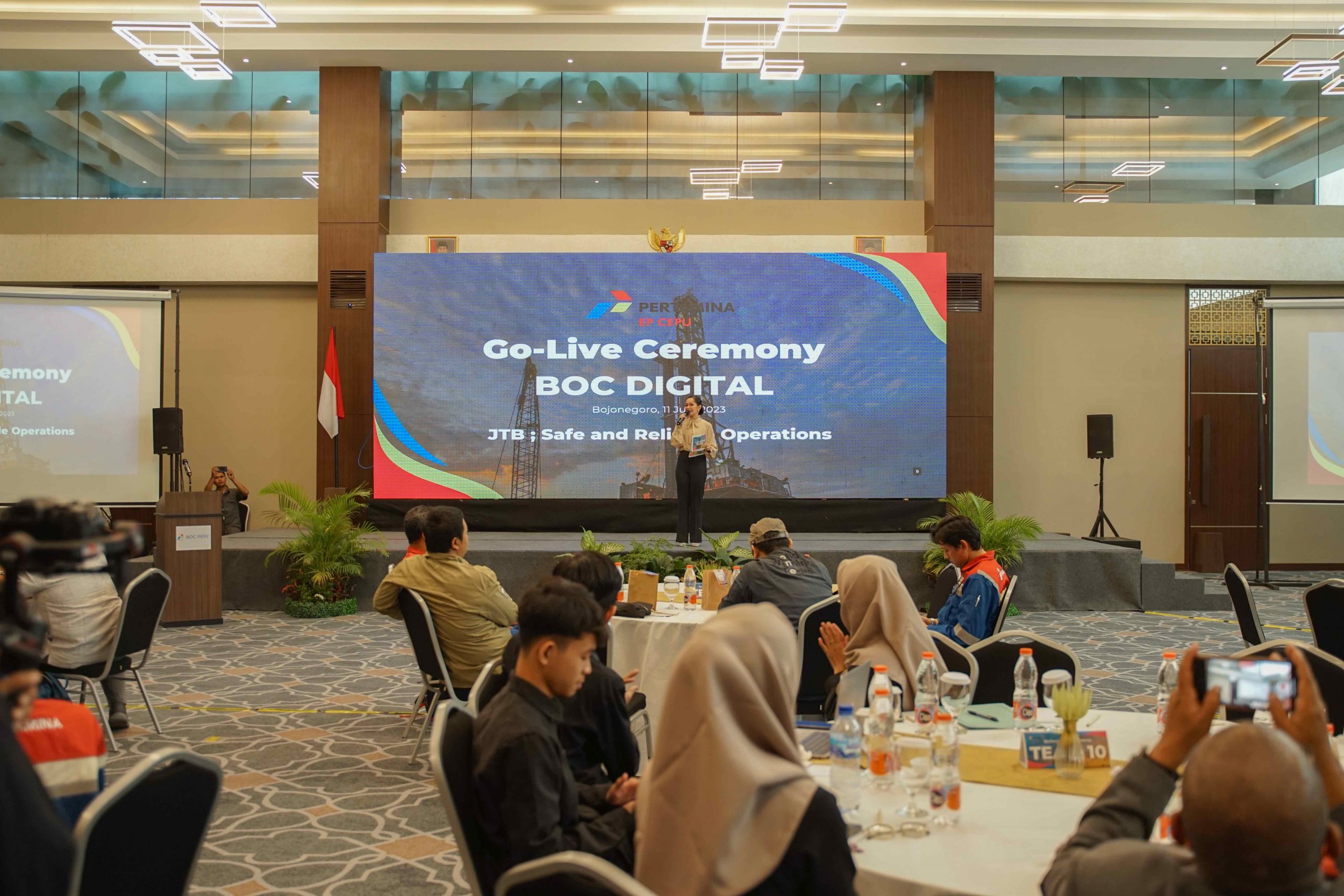
Read also: The Role of RFID in the IoT Revolution: Shaping the Future
In our ever-evolving digital age, identification technology has become a crucial element in various applications, from inventory management to access control. This article aims to provide you with an in-depth understanding of Passive Low Frequency RFID technology, including how it works, its applications in diverse industries, and why it has become an intriguing solution.
Fundamentals of Passive LF RFID
In this section, we will delve into the fundamental workings of Passive LF RFID technology. We’ll explain the core concepts behind RFID, including the differences between “passive” and “active” RFID tags. You’ll gain insight into why LF RFID technology doesn’t require batteries and how this affects its performance.
Applications Across Various Industries
Manufacturing

Read also: Demystifying RFID Technology: A Complete Guide
LF RFID technology has found widespread use in the manufacturing industry. We will discuss how this technology is employed for inventory tracking, production management, and process improvements.
Logistics and Transportation

Read also: Implementing Digital Logsheets in Manufacturing Industry
In this section, we will explore how LF RFID aids in tracking goods and managing the supply chain. This includes its applications in ports, airports, and inventory management.
Healthcare

Read also: RevLogsheet: Digital Efficiency for Industry
Healthcare is a fundamental human right, and access to quality medical services should be available to all. The healthcare industry is continuously evolving, with new technologies and treatments constantly emerging.
Benefits and Challenges of LF RFID Technology
Advantages

Read also: Enhancing Product Quality Digital Logsheet-Based Monitoring
One of the primary advantages of Passive LF RFID is its ability to streamline inventory management. It enables businesses to track items in real-time, reducing errors and ensuring better stock control.
Challenges

Read also: Digital Logsheets Effectively Reduce Production Disruptions
One of the primary challenges of Passive Low Frequency RFID is its limited read range. Passive LF RFID tags often have limited memory capacity.
Conclusion
By comprehending Passive LF RFID technology, you’ll gain an appreciation for its increasingly vital role across various industries. This article aims to help you understand how this technology is changing the way we perceive identification and tracking, all without the need for batteries. As such, LF RFID has become an intriguing solution in our ever-connected world.






comments (0)